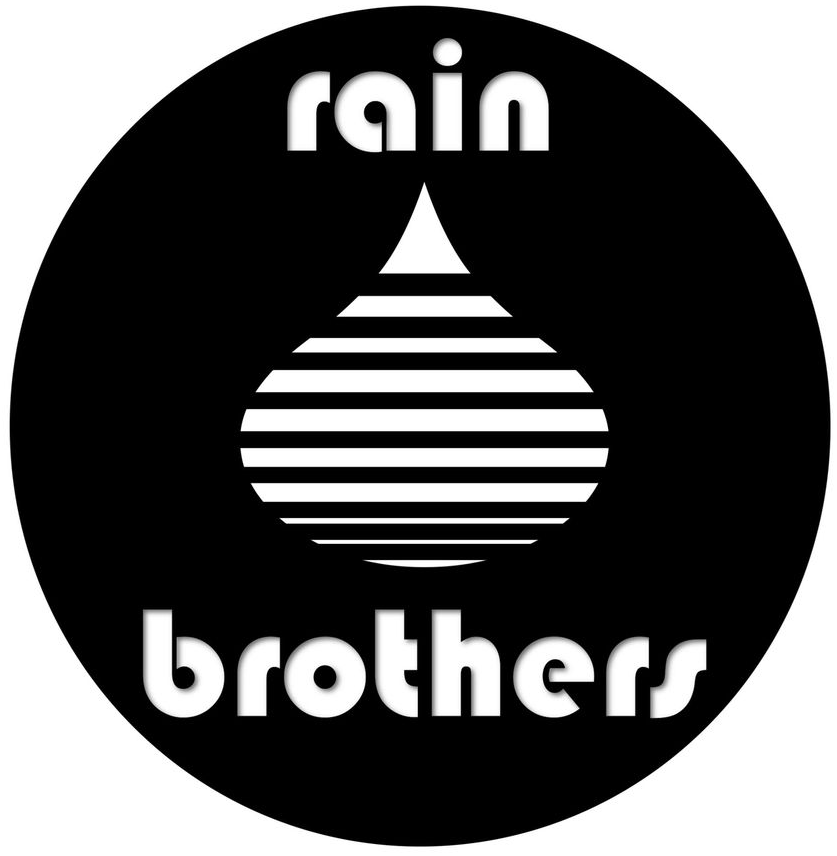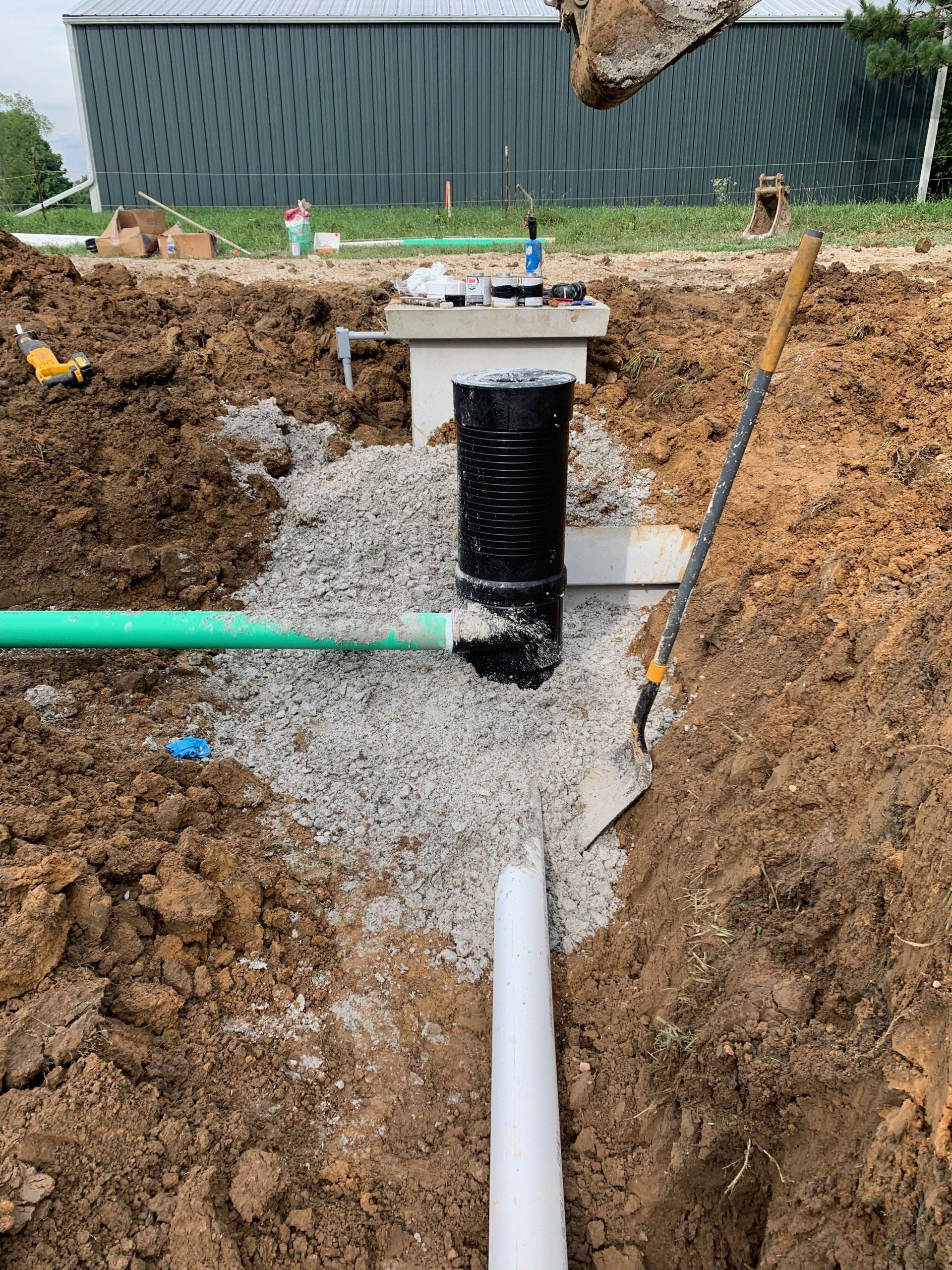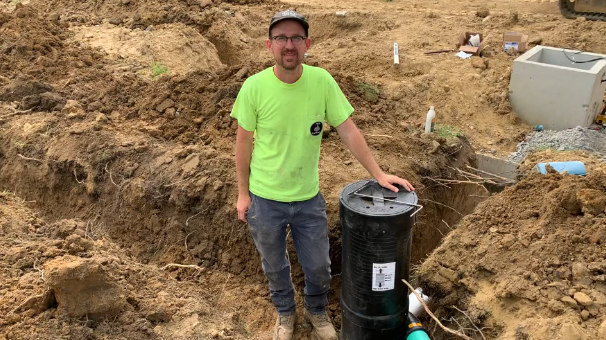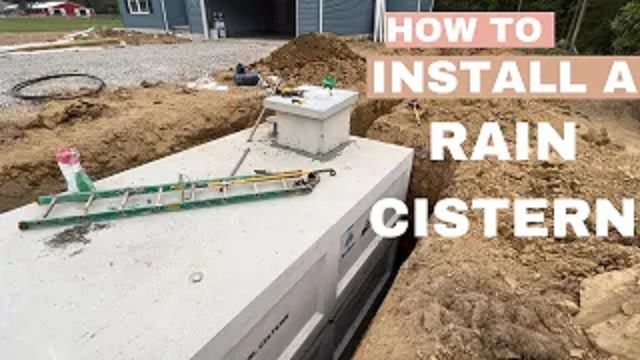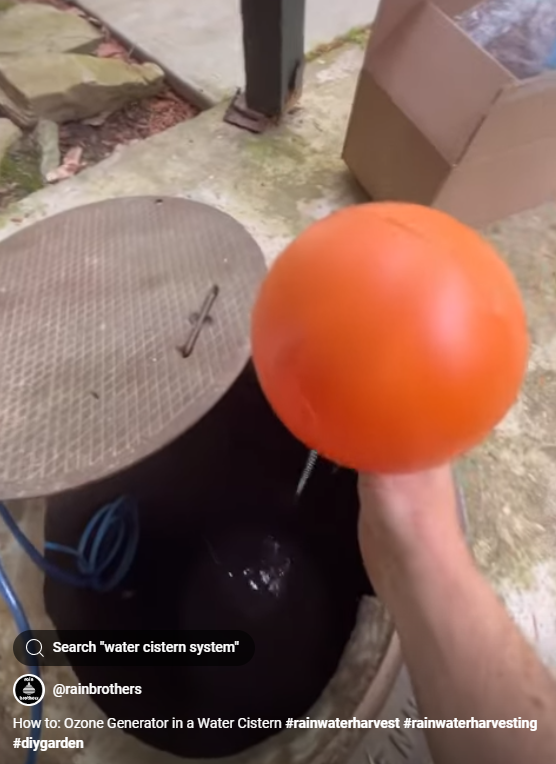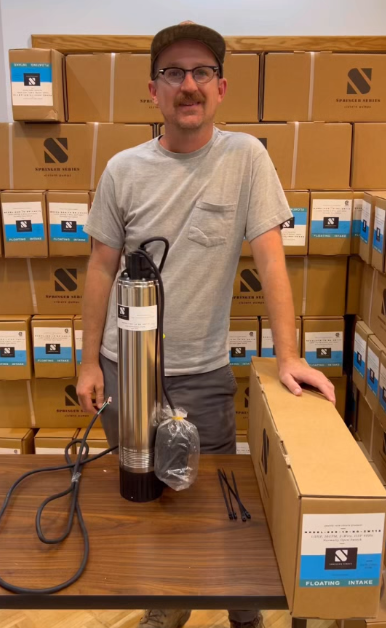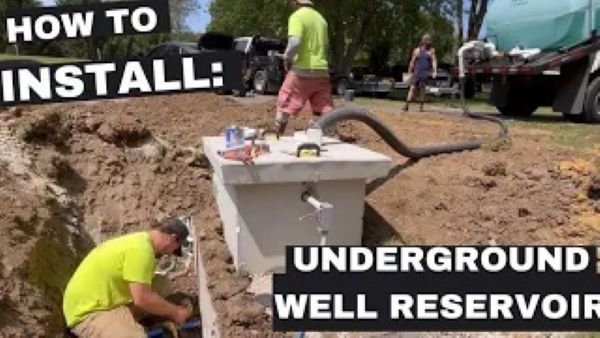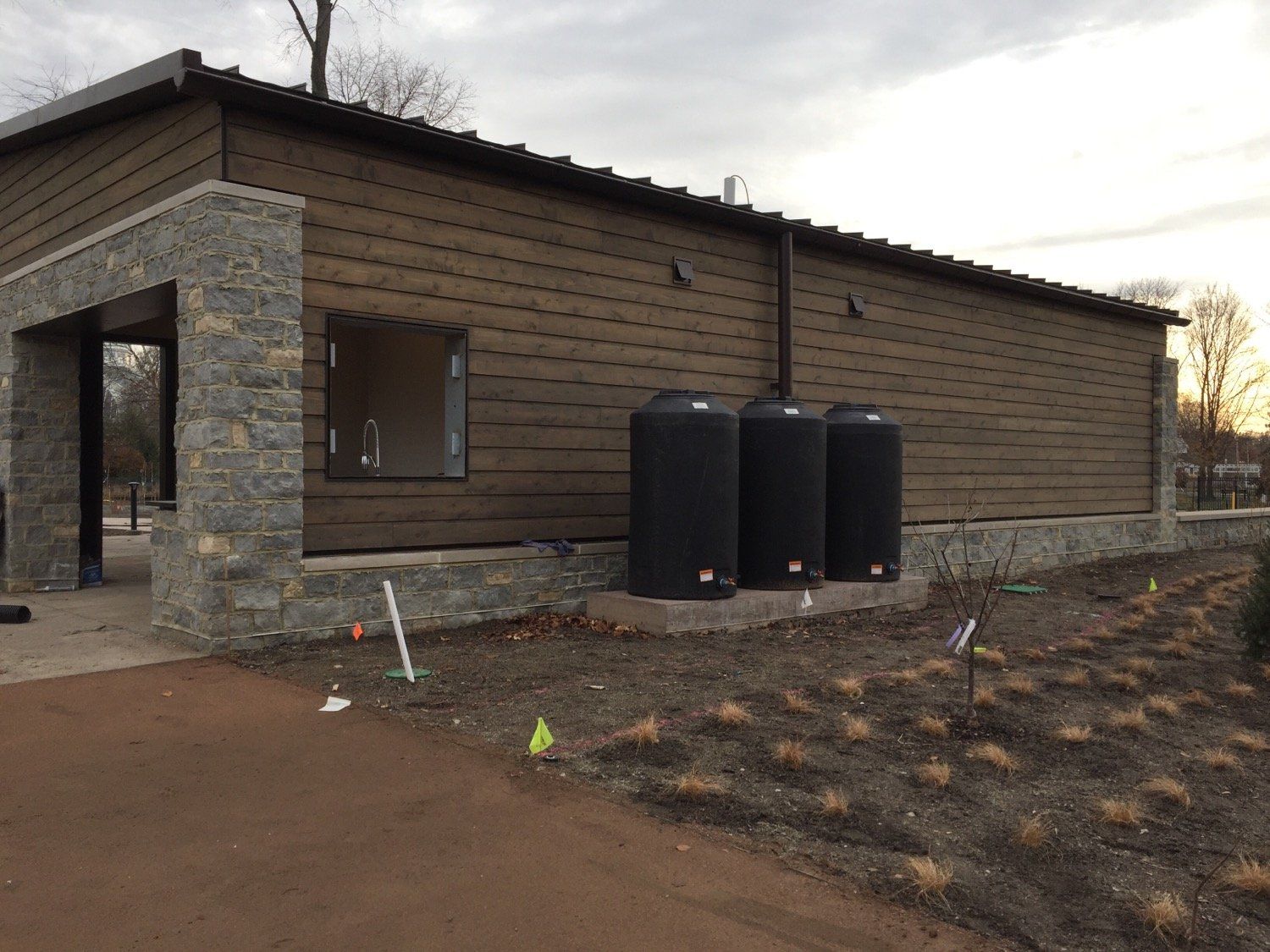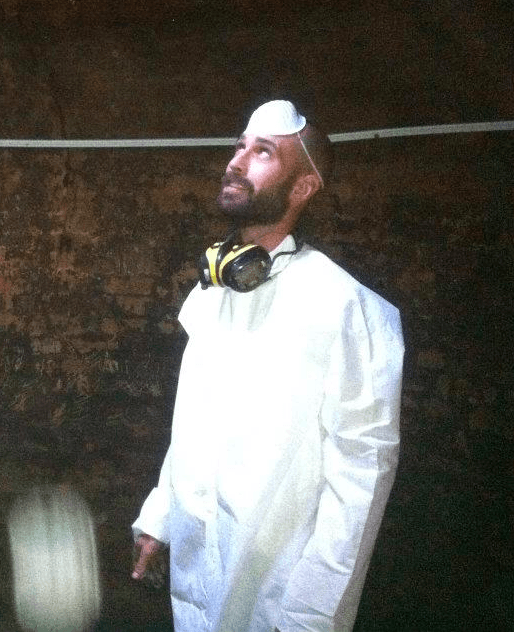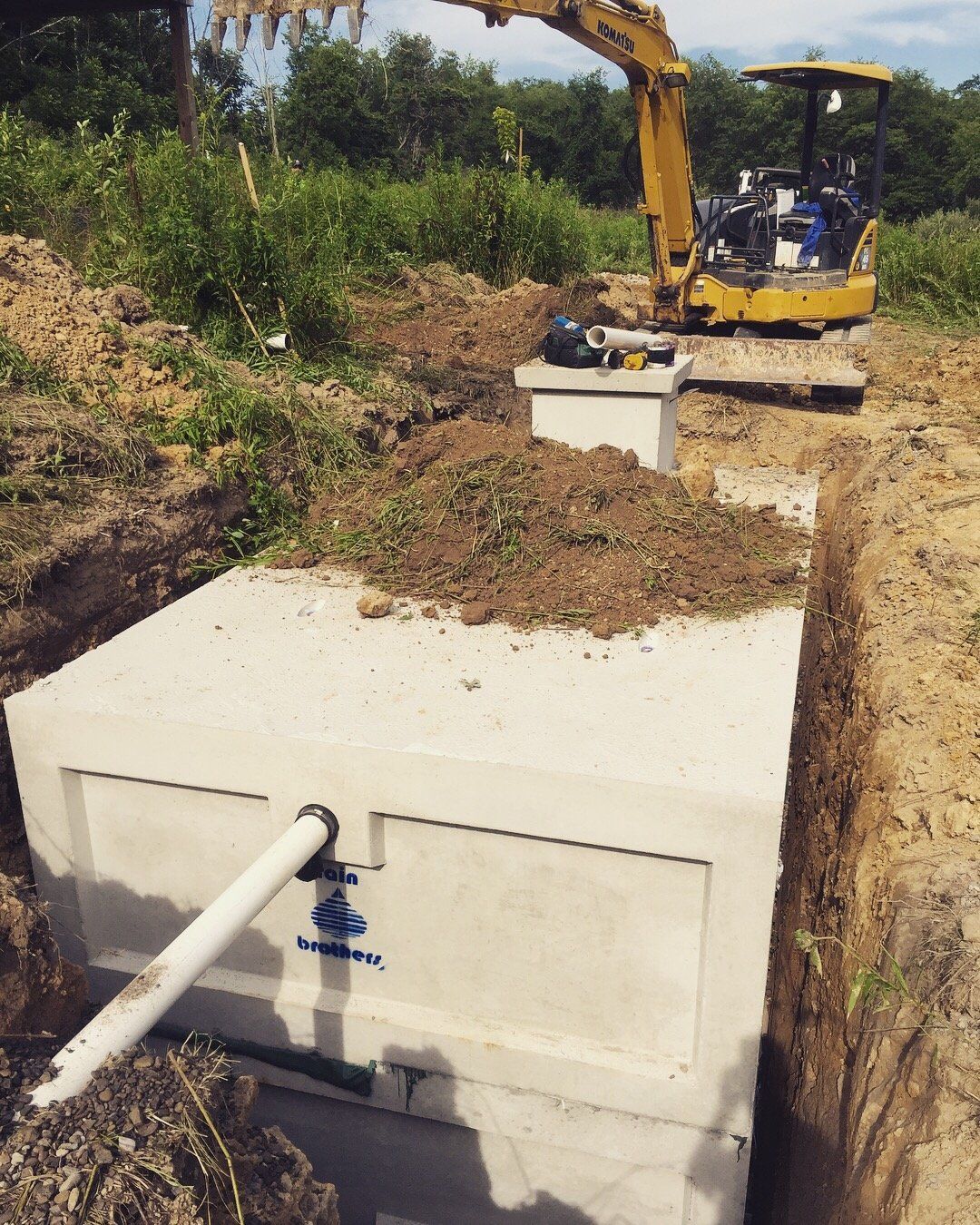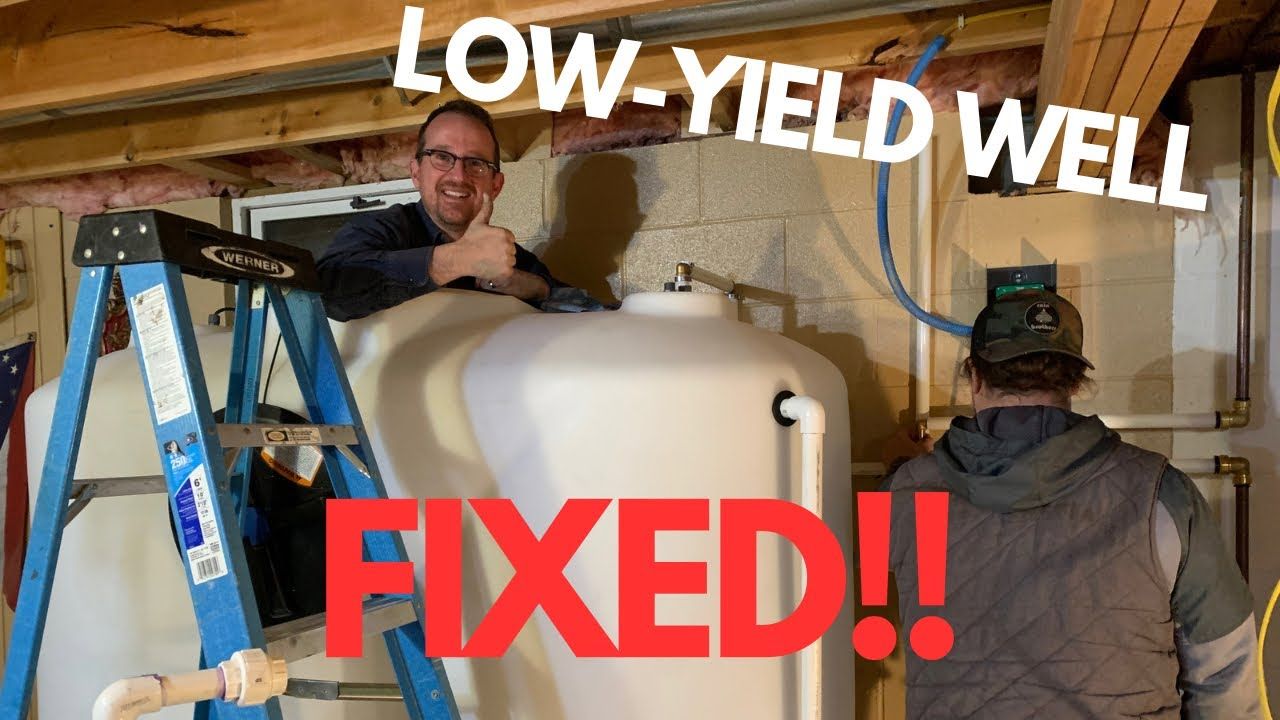All About UV Sterilization Systems
All About UV Sterilization Systems
If you’re considering harvesting rainwater, one of the first things to think about is how you’ll use it. If the rainwater is to be used for bathing, showers, hand washing, cooking, or drinking, you’ll need to sterilize the rainwater first.
One of the best ways to clean up your rain harvest is with a UV water filter. Let’s look at the UV water filter and how to use it as part of your off-grid water system.
What are UV Sterilization Systems?
“Ultravioletlight (UV) is an effective means of disinfecting water.” Ohio Department ofHealth Bureau of Environmental Health
Generally, we conduct the process of rainwater harvesting by capturing the rain that runs off the roof of a residential or commercial structure. Of course, that rain collects particles and debris from the roofline that must be filtered. While we’ve talked about rainwater filters in another blog, once you’ve filtered the rainwater it must be sterilized in someway if you’re using it for human consumption.
A UV sterilization system generally consists of an ultraviolet (UV) lamp that sits within a quartz sleeve. You probably know that UV light is purifying; according to NASA , “Ultraviolet light is a form of radiation which is not visible to the human eye.” Live Science points out that UV light not only makes your black-light posters glow, it is also responsible for the sun rays that give you a tan – or make you burn.
When used as part of the practice of rainwater harvesting, however, UV light can destroy the tiny waterborne bacteria such as Giardia or Cryptosporidium that can make you sick. While it’s no problem to spray your garden vegetables with pure rainwater (making sure you wash the veggies before eating them, of course), any indoor use of this resource for humans must be cleaned.
There are different types of UV sterilization systems that can be used in rainwater harvesting and they can cost anywhere from a few hundred to a few thousand dollars. A Class B UV sterilization system is the less expensive option, but these systems do not eliminate all forms of water parasites, so must be used in conjunction with another sterilization method.
A Class A UV sterilization system can act as the primary method of rainwater sterilization. These units use sophisticated technology to control the flow of water so that each drop is effectively treated for bacteria.
Interestingly state and local health departments often set regulations related to what type of system should be used when rainwater is harvested for indoor use. In Ohio, the Department of Health requires that UV sterilization follow specific guidelines to keep you safe. Here’s their Ultraviolet Light for Continuous Disinfection fact sheet, if you’d like to read up on what the state requires.
Rainwater Harvesting – Safe Enough to Drink
The Rain Brothers team has installed hundreds of rainwater harvesting systems. While some of these systems are used only as a means to water livestock or gardens, others are currently being used for indoor human consumption. Talk with our team about your rainwater harvest, how you’d like to use it, and what type of system is right for your home or business.
